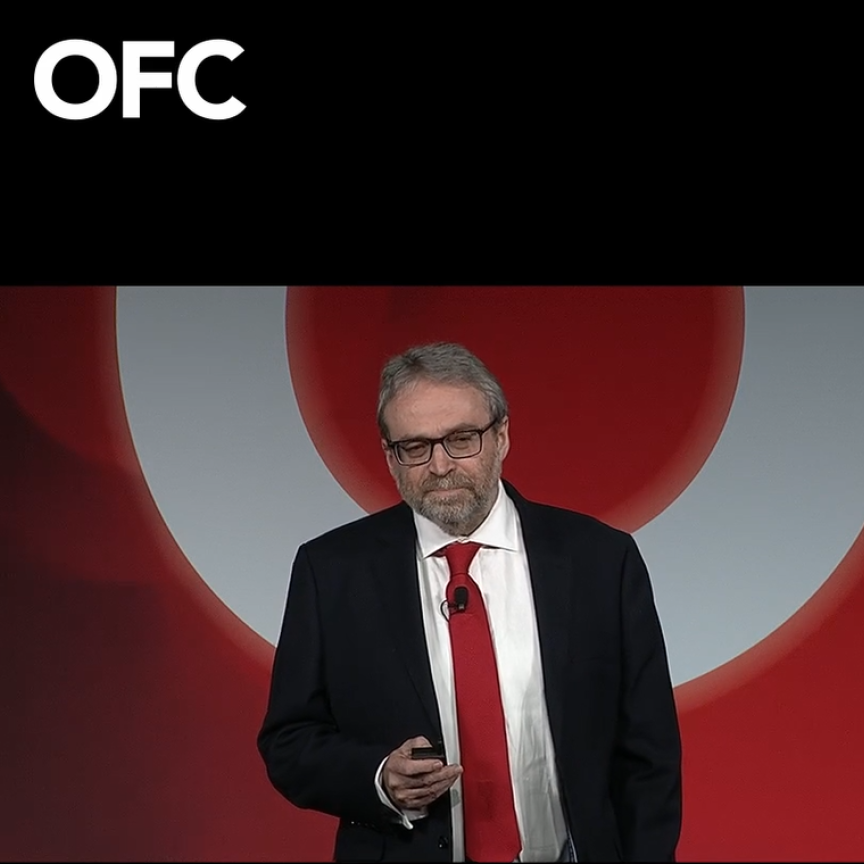Construction has now officially commenced on the Japan-Guam-Australia (JGA) 9,500km undersea fibre optic cable system.
JGA is being co-built by Alcatel Submarine Networks (ASN), part of Nokia and the NEC Corporation. The JGA South (JGA-S) segment between Sydney, Australia and Piti, Guam, is a consortium cable, including AARNet, Google and RTI-C, whilst the JGA North (JGA-N) segment which runs between the Minami-Boso, Japan and Piti, Guam, is a private cable with RTI-C as the sole purchaser.
Both JGA-N and JGA-S will interconnect in Guam at GTA's newly built landing station. The system will deliver a design capacity of more than 36Tb/s and is expected to be completed in the fourth quarter of 2019.
The system is designed to enhance and contribute to the expansion of communications networks from Japan and Australia, to Asia and the United States, aiming to improve network redundancy, ensure reliable communications, and expand onward connectivity options in Guam.
RTI-C's investment in JGA will be built using capital from the Fund Corporation for the Overseas Development of Japan's ICT and Postal Services Inc. (Japan ICT Fund), along with syndicated loans from Japanese financial institutions, including NEC Capital Solutions Limited.
Russ Matulich, RTI-C's president and CEO, commented: ‘Hyperscale cloud providers and enterprise companies are fuelling exponential data-growth between Asia, Australia, and the United States. RTI is grateful for NEC and ASN's collaborative and innovative approach, making commercial service likely in late 2019.’
Chris Hancock, CEO at AARNet said: ‘New submarine cable systems are providing a much-needed boost to communications infrastructure into Australia. AARNet's investment in JGA complements our investment in the INDIGO subsea cable system, providing connectivity into North and Southeast Asia to meet the substantial growth in bandwidth demand for science, research, teaching and learning.’
Added Philippe Piron president at ASN: ‘We are proud to work with RTI, AARNet and Google on the JGA project, which will build on ASN's state-of the art technology to further provide high-capacity connectivity in the Asia-Pacific region and the reinforcement of our local presence.’
Toru Kawauchi, general manager of NEC's Submarine Network Division concluded: ‘JGA will now provide the much-needed vertical North-South connectivity, enabling high capacity communications to reach all corners. Furthermore, JGA will be the second project after HK-G to be co-financed by the Japanese government-led Japan ICT Fund, and the third project supporting RTI's investment after SEA-US (Southeast Asia-United States) and HK-G (Hong Kong-Guam Cable) for the Japanese loan syndicate. We wish to further utilise these funds for many more cables in the future.’
The SEA-US submarine cable system provides direct links between Davao City and the United States, whilst the HK-G is a consortium cable, interconnecting major subsea communication hubs in Asia (see Google expands cloud network with three new subsea cables).

